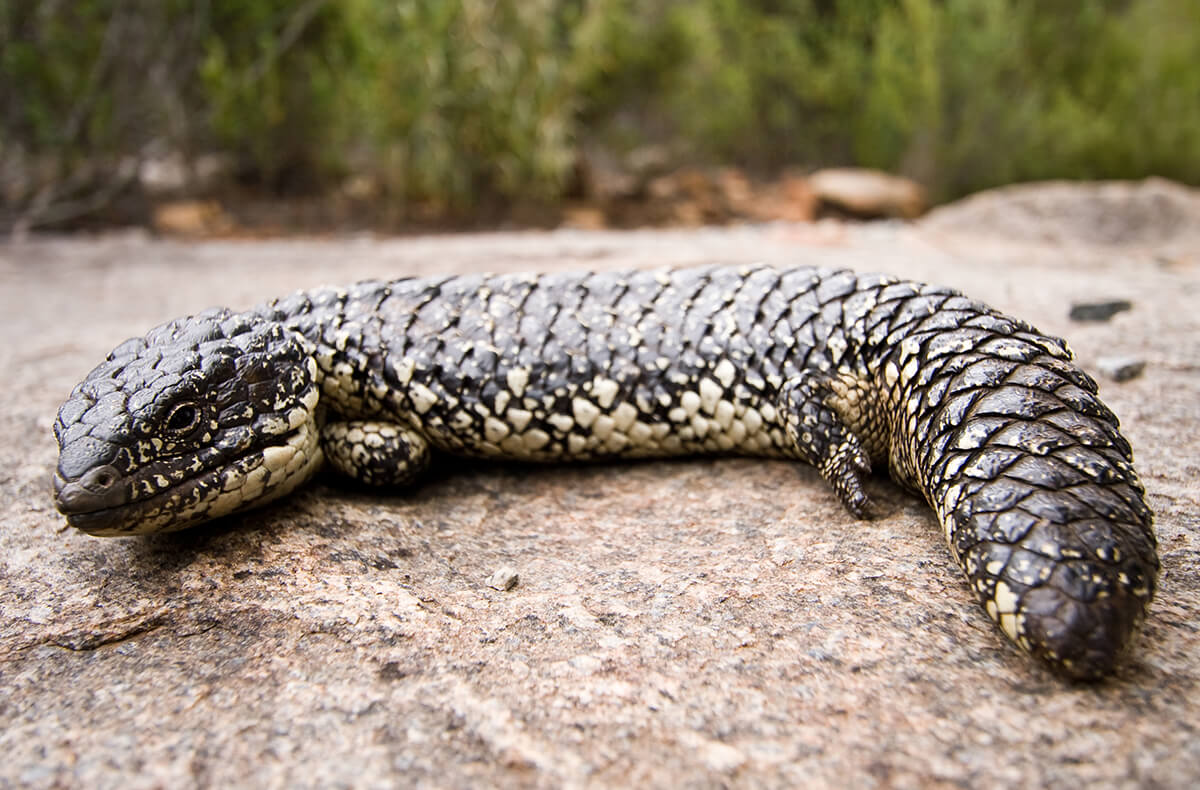
The study published in Current Biology on March 2. "They started off with their own unique set of characteristics and functions and then evolved towards mammals." Cabot Associate Professor of Organismic and Evolutionary Biology and curator of vertebrate paleontology in the Museum of Comparative Zoology and the study's senior author.

"The ancestral stock that mammals evolved from didn't look or function like a living reptile," said Stephanie Pierce, Thomas D. There had to have been a completely different type of backbone function not observed in today's living vertebrates. The analysis demonstrates the three lineages differ from one another other when it comes to the morphology, function, and characteristics of their spines, and suggests that mammal backbones didn't evolve from a reptile-like ancestor. The work, led by Jones, challenges the lateral-to-sagittal hypothesis by looking at the vertebrae of modern reptiles, mammals, and the extinct nonmammalian synapsids to determine how their vertebrae changed over time and its effect on how these creatures likely moved. We're saying just because the limb posture looked similar doesn't mean they moved the same." "It relied upon this assumption that these forerunners of mammals must function the same as lizards because this one aspect of their anatomy was similar to lizards. "The problem with the original story was that, as opposed to being based on fossil evidence, it was primarily based just on a correlation with something else that was seen in living animals," said former Harvard postdoctoral researcher Katrina Jones. But, according to a new Harvard-led study, that long held belief is wrong.


It's an easy to grasp story that's been taught in college textbooks on anatomy and evolution for decades. The transition is known as the lateral-to-sagittal paradigm. It's believed over time, and in response to selective pressures, the mammal spine evolved from that lizard like side-to-side bending to the mammal-like up-and-down bending seen today. Primarily, their backbones must have moved side-to-side, bending like those of modern lizards, instead of the up-and-down bending motion mammal spines are known for. Because nonmammalian synapsids, the extinct forerunners to mammals, had similar traits to living reptiles (like having their limbs splayed out to the side instead of tucked into their body like today's mammals), the strongheld belief was that they must have also moved in similar ways.


 0 kommentar(er)
0 kommentar(er)
